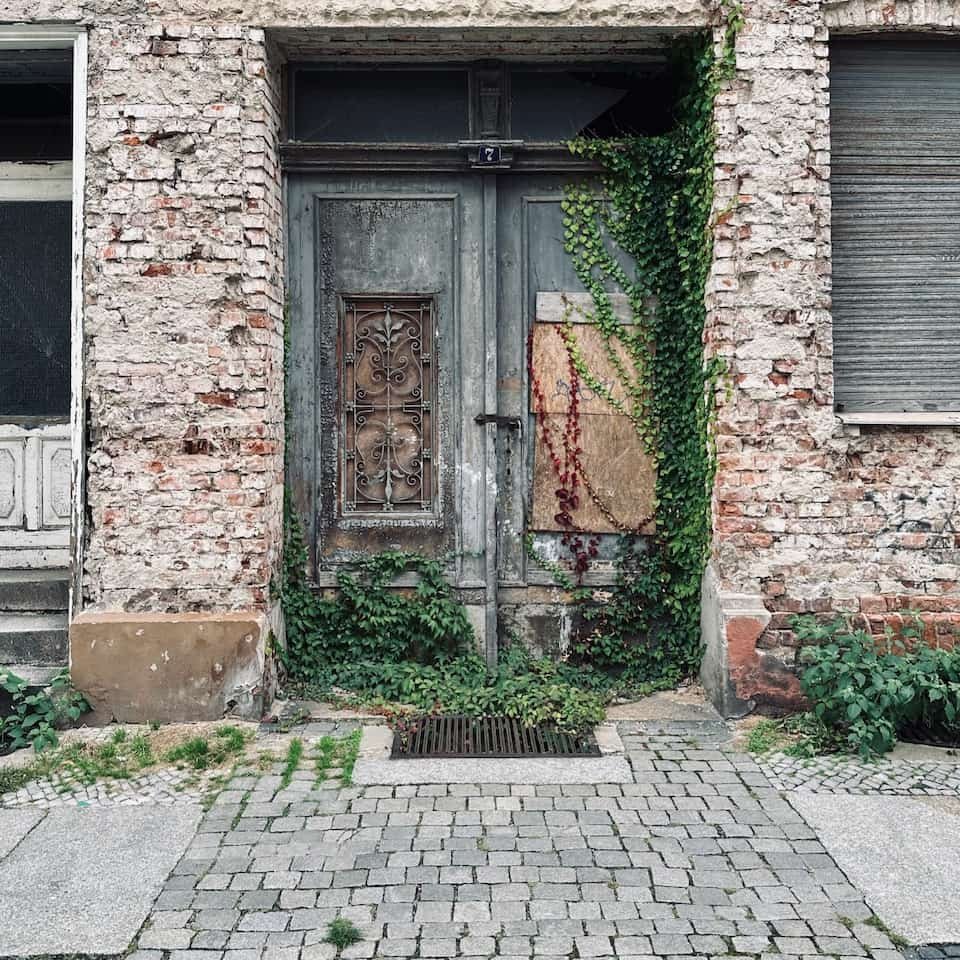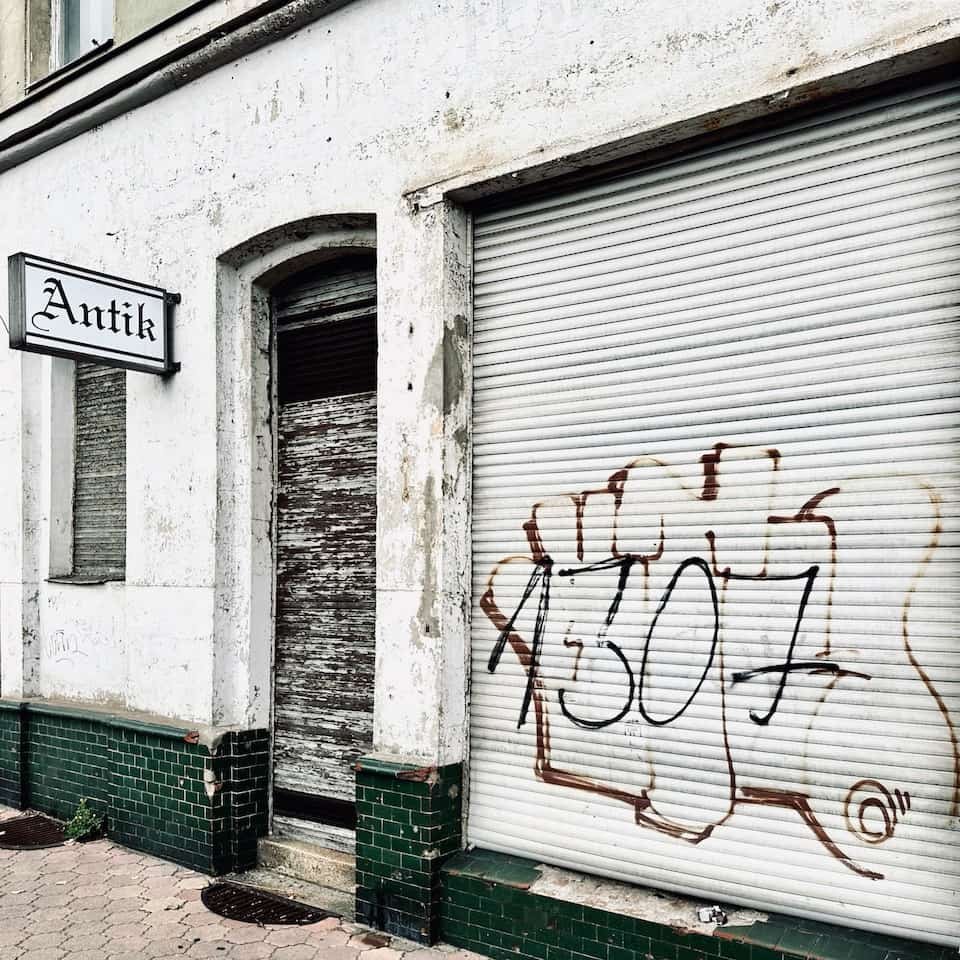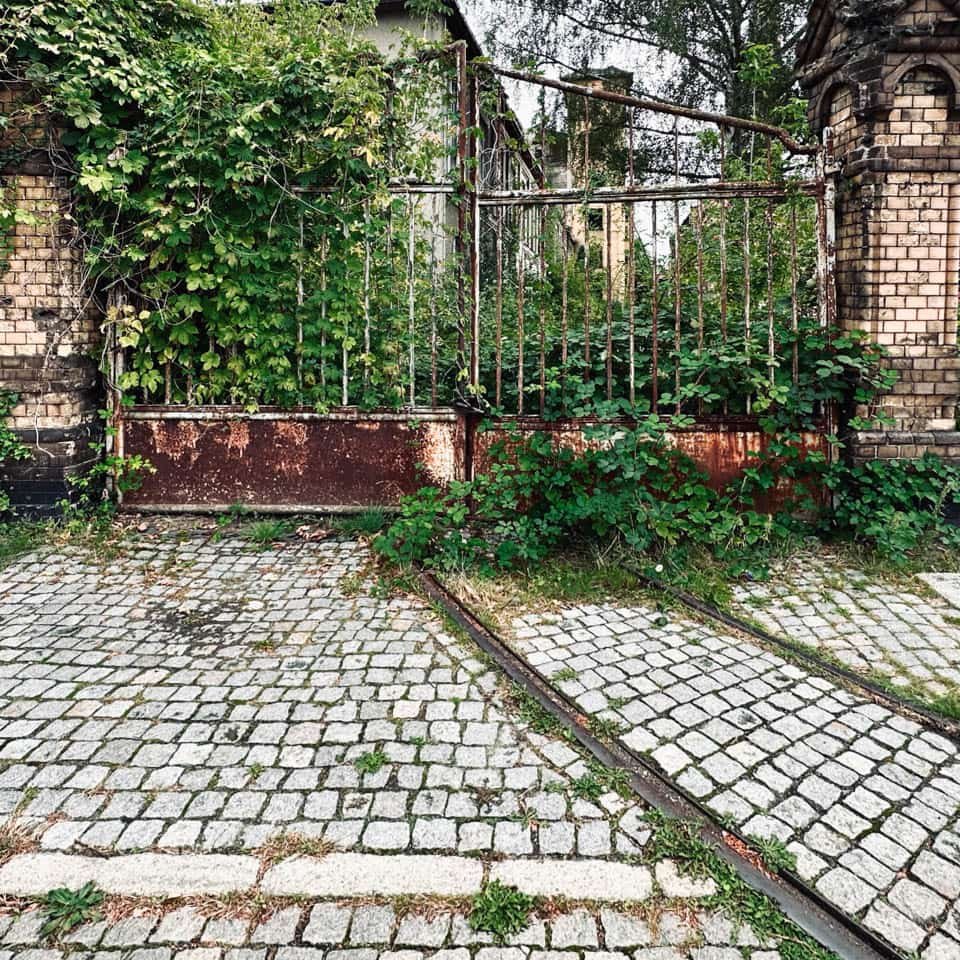The abandoned textile factories in Forst-Lausitz, Germany
Fort-Lausitz is a small town in Brandenburg right next to the Polish border. The city is famous for its former textile industry. After the first cloth factory opened in 1821, the textile industry in Forst-Lausitz proliferated. But after World War II and the fall of the Berlin Wall, the textile industry declined as rapidly as it grew. By 1990, all factories were abandoned. I visited one of these lost places in 2022 to take photos with my new iPhone 14 Pro.
Table of Contents
Frequently asked questions about the abandoned textile factories in Forst-Lausitz?
Before you go to see and explore abandoned textile factories, here are a few things you should know.
How to get to Forst-Lausitz?
Forst-Lausitz is a small town in the east of Brandenburg. It'll take about two hours by car or train to get from Berlin to the city. If you take the train, you'll have to change twice.
How to get into the abandoned factories?
The city administration owns the majority of the abandoned textile factories. Some of them have been sold to private investors who are trying to revitalize the abandoned buildings. You can visit one of the factories by booking a tour from go2know.de. By booking a tour, they'll let you enter and explore the area on your own legally.
Which iPhone did you use to photograph the lost places in Forst-Lausitz?
Thanks to UPS, I could pick up my new iPhone 14 from the depot at the airport a few hours before my plane left. So I took all these photos using my new iPhone 14 Pro. Many of the photos are developed from 48-megapixel ProRAW photos. If you're curious, head over to my iPhone 14 Pro camera review or read more about how to shoot RAW photos with iPhone.
The abandoned textile factory in Forst Lausitz
The factory I photographed was 10 minutes on foot from the central station. While walking to the lost place, I spotted many old and former Mansons and apartment buildings for sale.
Overgrown door of an abandoned building in Forst-Lausitz
I also walked by some old and lost-looking stores like this one.
Abandoned store in Forst-Lausitz
I started my photo tour in the abandoned steam power station. This power station produced hot steam from coal. The hot steam was then distributed to the textile factories to run the weaving looms. The coal was mined at a nearby coal deposit, which was probably one reason why the textile industry developed so fast: The coal was available nearby and thus available at a low cost.
Inside the abandoned steam power station
Some former textile factories operated hundreds of weaving looms in factory buildings of up to 5 floors. On some floors, you'll realize that the factors had to close quite abruptly. You'll still see a lot of bolts of cloth lying around.
These bolts of cloth survived almost have a century
If you walk through the town of Forst-Lausitz, it's worth keeping one's eyes open. One thing you'll notice is the railroad tracks in almost each street. They connected all the former textile factories and with the central station. So it was easy and cheap to distribute the goods in Germany. Allegedly, between the two world wars, each fifth man in Germany owned and wore a suit made from fabric that was produced in Forst-Lausitz
Railroad tracks in Forst-Lausitz
But the most spectacular view in the factory I visited was in the abandoned Mensa with its collapsed roof.
Collapsed roof
Are the abandoned textile factories in Forst-Lausitz worth a visit?
Yes, the abandoned textile factories in Forst-Lausitz are worth visiting. Please mind that many of the factories are fenced in and inaccessible. But you can see and visit some of them legally; for example, by booking access from go2know.de, where you'll find ways how to visit and explore some of the abandoned places in Berlin that I also explored.
Care about some quick feedback about this article?









